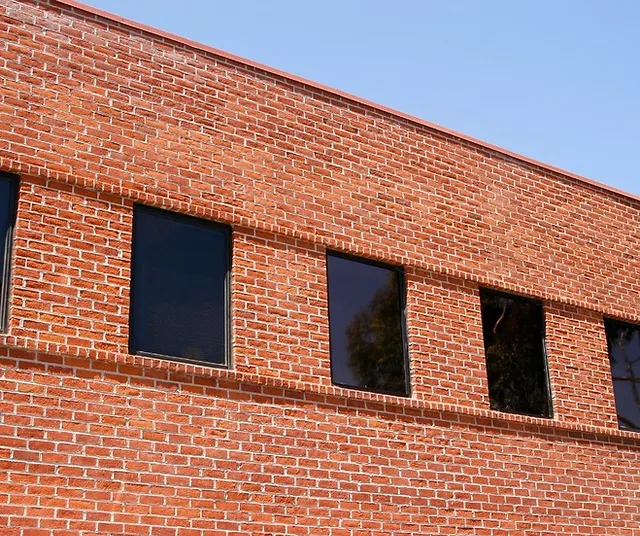Design of Masonry structures for Seismic Resistance
Designing masonry structures for seismic resistance entails employing specific design strategies and detailing techniques that seek to enhance the strength, stiffness, and ductility of masonry buildings. Here are some important design considerations and principles for earthquake-resistant masonry structures:
- Design Codes and Standards: Design codes and standards provide guidelines and requirements for designing seismically resistant masonry structures. Masonry structures may be designed and constructed in accordance with the building code and standards, such as ACI 530/ASCE 5/TMS 402 and ASCE 7.
- Location in a Seismic Zone: The building’s location in a seismic zone is a crucial factor in determining the appropriate design approach. To withstand the increased seismic forces, structures in zones with a greater seismic hazard will require more robust designs and detailing.
- The structural system: It is used for masonry structures can vary based on the type of building, its location, and the seismic risk. Common masonry structural systems include reinforced masonry walls, shear walls, and moment-resistant frames.
- Strength of Masonry Units: For seismic resistance, the strength of the masonry units used in the structure’s construction is crucial. Utilizing high-strength masonry units can enhance the seismic performance of a building’s structure.
- Reinforcement: The use of embedded reinforcement, such as steel bars or wire mesh, can enhance the structure’s strength and ductility. To resist seismic loads and ensure adequate bond strength with the masonry, reinforcement must be positioned in strategic locations.
- Connections: The design and detailing of masonry connections can have a substantial effect on the structure’s seismic resistance. Joints must be designed to permit differential movement between the masonry units and to withstand shear and tensile forces generated by seismic loads.
- Lateral Load Resisting Systems: Lateral load resisting systems, including shear walls, moment frames, and cross-braced systems, should be utilized to resist lateral loads. These systems must be designed to assure sufficient strength and ductility, and to prevent premature structural failure.
In conclusion, designing masonry structures for seismic resistance necessitates a comprehensive comprehension of the seismic zone, structural system, materials, and detailing techniques. By incorporating these design principles and detailing techniques, it is possible to design masonry structures to resist seismic burdens and provide occupants with safe and dependable structures.
Disclaimer: This content is provided solely for your review. Erusu Consultants takes no liability for this article. The reader is advised to form their own opinion. Please consult a structural engineer before making any final decisions.






